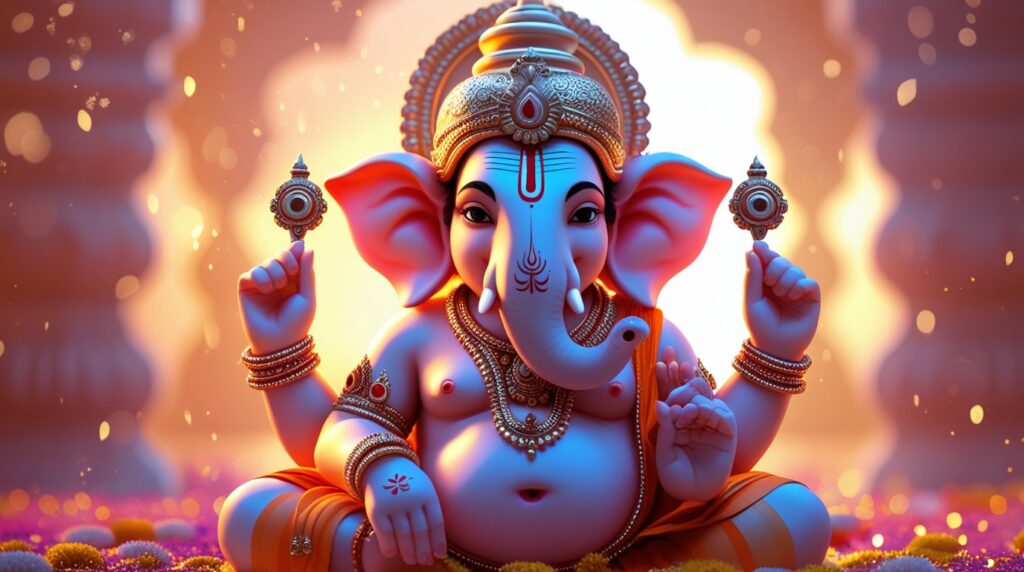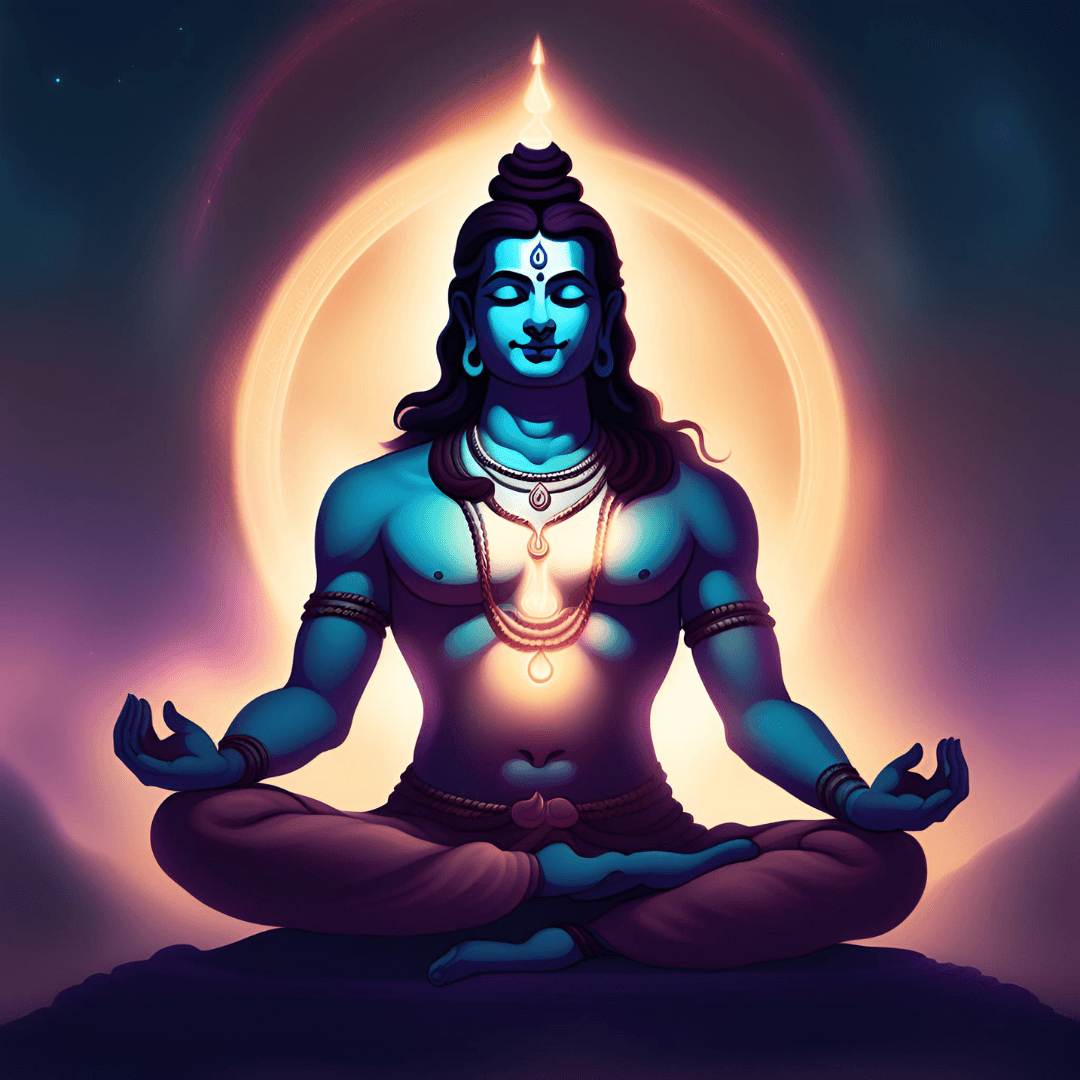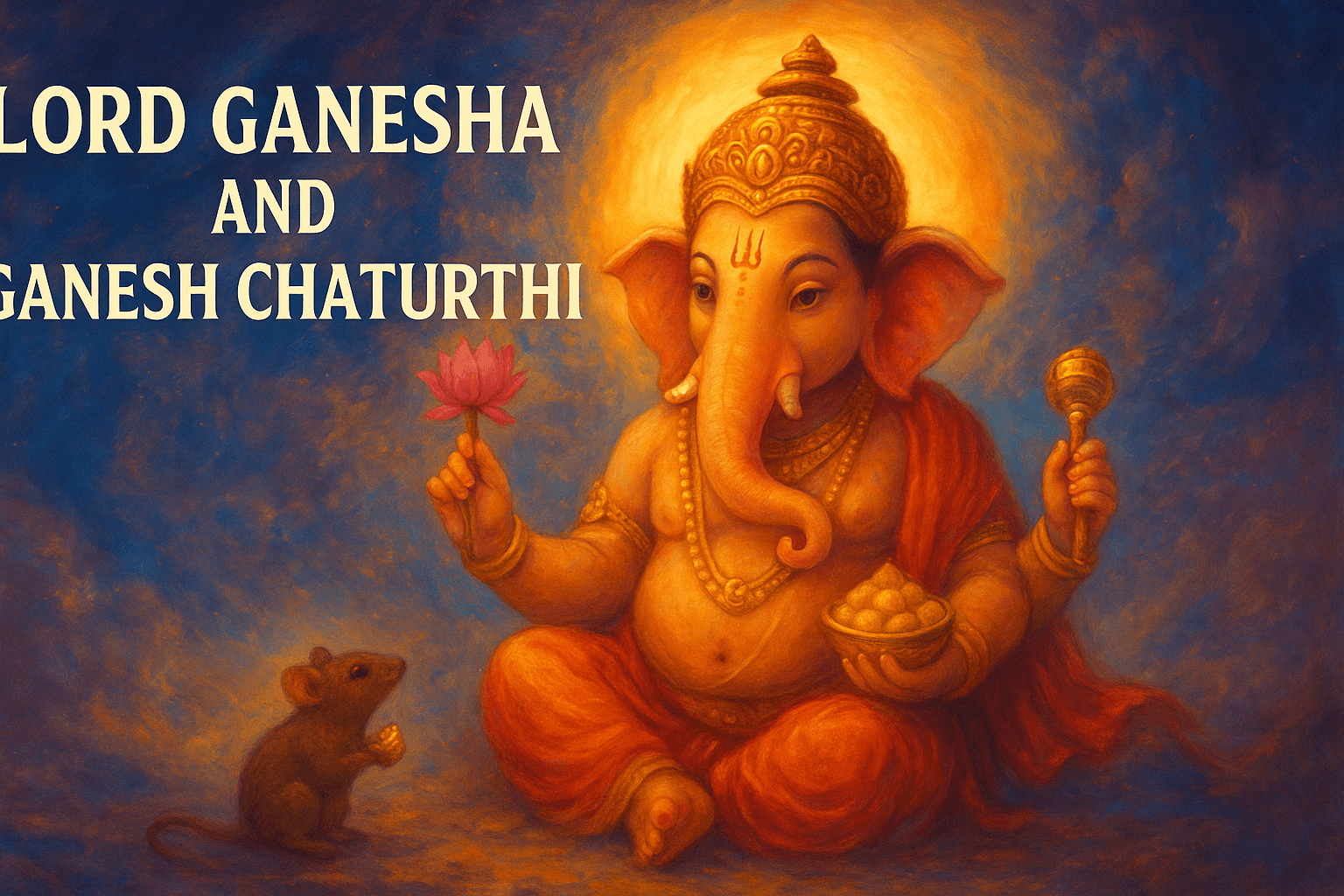Lord Ganesha and Ganesh Chaturthi hold a special place in the hearts of millions of devotees around the world. Known as the remover of obstacles, the god of wisdom, intellect, and prosperity, Lord Ganesha is worshipped before the start of any auspicious work. Ganesh Chaturthi, a grand festival dedicated to Him, is celebrated with immense devotion, cultural fervor, and spiritual significance.
In this post, we will explore the divine story of Lord Ganesha, the significance of Ganesh Chaturthi, its rituals, traditions, and how devotees can celebrate it with respect and devotion.
Table of Contents
Who is Lord Ganesha?
Lord Ganesha, also known as Vighnaharta (remover of obstacles) and Vinayaka, is the beloved son of Lord Shiva and Goddess Parvati. He is easily recognizable by his elephant head, large ears, and pot-bellied form, each feature symbolizing deep spiritual meanings. His vehicle is a humble mouse (Mushika), representing wisdom and humility.
According to Hindu scriptures, Lord Ganesha is the embodiment of intellect, wisdom, and prosperity. Devotees begin any religious or worldly undertaking by invoking His blessings to ensure success and remove hurdles.
The Story Behind Lord Ganesha’s Birth
The most popular legend says that Goddess Parvati created Ganesha out of turmeric paste to guard her while she bathed. When Lord Shiva returned and tried to enter, Ganesha—unaware of who Shiva was—blocked His way. In a moment of misunderstanding, Shiva severed Ganesha’s head. Upon realizing His mistake, Shiva restored Ganesha to life by placing the head of a young elephant on His body, granting Him divine powers and making Him the first deity to be worshipped during any ritual.
What is Ganesh Chaturthi?
Ganesh Chaturthi is a ten-day Hindu festival celebrating the birth of Lord Ganesha. It falls in the Hindu month of Bhadrapada (August–September), starting on the Shukla Chaturthi and ending on Anant Chaturdashi. This festival is observed with grand processions, elaborate rituals, devotional music, and the installation of beautifully crafted Ganesha idols in homes and public pandals.

Historical Background
The modern public celebration of Ganesh Chaturthi was popularized by freedom fighter Lokmanya Bal Gangadhar Tilak in the late 19th century. He saw it as a way to unite people during India’s freedom struggle, transforming the private household worship into a community festival.
Rituals and Celebrations
- Installation of the Idol: Devotees bring a clay idol of Lord Ganesha into their homes or community spaces.
- Daily Pooja and Aarti: Morning and evening prayers are performed with offerings of flowers, durva grass, and sweets.
- Modaks: A sweet dumpling made of rice flour and jaggery, considered Lord Ganesha’s favorite food.
- Visarjan: On the final day, the idol is immersed in a river, sea, or lake, symbolizing His return to Mount Kailash while taking away the devotees’ misfortunes.
Rituals and Traditions
- Modaks and Ladoos: Symbolizing bliss and divine sweetness.
- Durva Grass: Offered for blessings of long life and prosperity.
- Red Flowers: Signify purity and devotion.
- Chanting Mantras: Such as Om Gan Ganapataye Namah for mental peace and success.
Spiritual Significance
The celebration of Lord Ganesha and Ganesh Chaturthi is not only about rituals but also about self-purification, humility, and devotion. Ganesha’s large ears teach us to listen more, His small eyes remind us to focus deeply, and His trunk signifies adaptability. The festival inspires unity, positivity, and the triumph of wisdom over ignorance.
Ecological and Cultural Importance
In recent years, eco-friendly Ganesha idols made from clay and natural colors have gained popularity to protect water bodies from pollution. The festival also promotes community bonding through cultural programs, music, and dance.
Interesting Facts About Lord Ganesha
- Lord Ganesha is worshipped first in every puja.
- He is considered the patron of arts, sciences, and wisdom.
- There are 108 names of Ganesha, including Vighneshwara and Lambodara.
- His large ears represent listening to all prayers of devotees.
- The trunk’s direction has symbolic meanings — curved left for household happiness, right for strict discipline.
- Mouse as vahana shows humility despite greatness.
- The festival is celebrated with equal devotion in India and abroad.
- He is invoked before starting new ventures.
- Many temples have self-manifested (Swayambhu) Ganesha idols.
- Ganesh Chaturthi celebrations can last from 1.5 days to 21 days in some traditions.
How to Celebrate Ganesh Chaturthi at Home
- Clean and decorate the puja area.
- Install an eco-friendly idol of Lord Ganesha.
- Perform daily puja with sincerity and love.
- Offer Ganesha’s favorite foods like modaks and bananas.
- Invite friends and family for Aarti and prasadam.
Conclusion
Whether you are in India or abroad, the celebration of Lord Ganesha and Ganesh Chaturthi offers an opportunity to connect with spirituality, culture, and values. It is a reminder that with wisdom, devotion, and humility, we can overcome any obstacle in life.
Internal Link: Savan & Shiva: A Divine Monsoon Connection
External Link: Read more about Ganesh Chaturthi on Wikipedia


Very Very Wonder Update
Thanks
🙏 Thank you 🙏